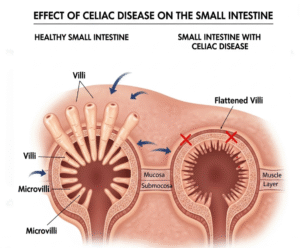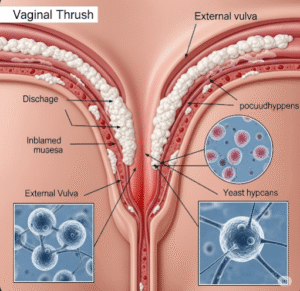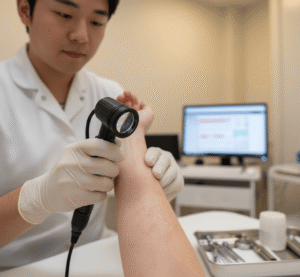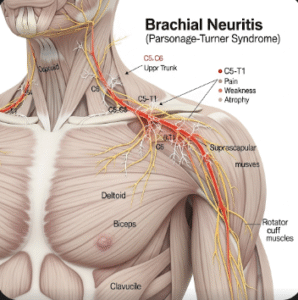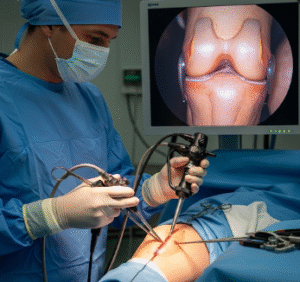Overview
Microcephaly is a rare neurological condition in which a baby is born with a significantly smaller head than expected, often due to abnormal brain development. It can occur as an isolated condition or as part of a syndrome affecting multiple organs.
In Korea, microcephaly is monitored carefully through prenatal screenings and neonatal check-ups. The country has advanced neonatal care facilities that provide diagnosis, early intervention, and long-term support for affected children, helping to manage developmental delays and improve quality of life.
What is Microcephaly?
Microcephaly is defined as a head circumference smaller than the third percentile for age and sex. It results from impaired brain growth during pregnancy or shortly after birth. The condition can be congenital (present at birth) or acquired in the first years of life.
Symptoms
- Smaller-than-normal head size
- Delayed development of motor skills
- Speech and language delays
- Intellectual disability or learning difficulties
- Poor coordination or balance
- Seizures in some cases
- Facial features may appear disproportionately small
Causes
- Genetic mutations (chromosomal disorders, single-gene defects)
- Prenatal infections: Zika virus, rubella, cytomegalovirus, toxoplasmosis
- Severe malnutrition during pregnancy
- Exposure to harmful substances (alcohol, certain medications, toxins)
- Interrupted brain growth due to oxygen deprivation or maternal health conditions
Risk Factors
- Maternal infections during pregnancy
- Family history of microcephaly or genetic syndromes
- Maternal substance abuse (alcohol, tobacco, drugs)
- Severe malnutrition or vitamin deficiencies during pregnancy
- Complications during pregnancy (pre-eclampsia, hypoxia)
Complications
- Intellectual disability and developmental delays
- Motor and speech impairments
- Seizures or epilepsy
- Behavioral disorders
- Feeding difficulties
- Need for lifelong care in severe cases
Prevention
- Regular prenatal care including ultrasounds and blood tests
- Vaccinations before and during pregnancy to prevent infections
- Avoiding alcohol, tobacco, and drugs during pregnancy
- Proper nutrition and supplementation with folic acid and other essential vitamins
- Genetic counseling for high-risk families
Treatment Options in Korea
Diagnosis
- Prenatal ultrasound and fetal MRI
- Postnatal head circumference measurement and neurological examination
- Genetic testing to identify underlying syndromes
- Imaging studies (CT or MRI) to assess brain structure
Medical Treatments
- No cure exists; treatment focuses on managing symptoms
- Medications for seizures and other neurological issues
- Hormonal therapy if endocrine problems are present
Surgical or Advanced Therapies
- Surgery may be considered for associated brain abnormalities (rare cases)
- Orthopedic or corrective surgery for skeletal issues associated with syndromes
Rehabilitation and Support
- Early intervention programs (physical, occupational, and speech therapy)
- Educational support tailored to developmental abilities
- Psychological counseling for children and families
- Multidisciplinary care teams in major Korean hospitals



